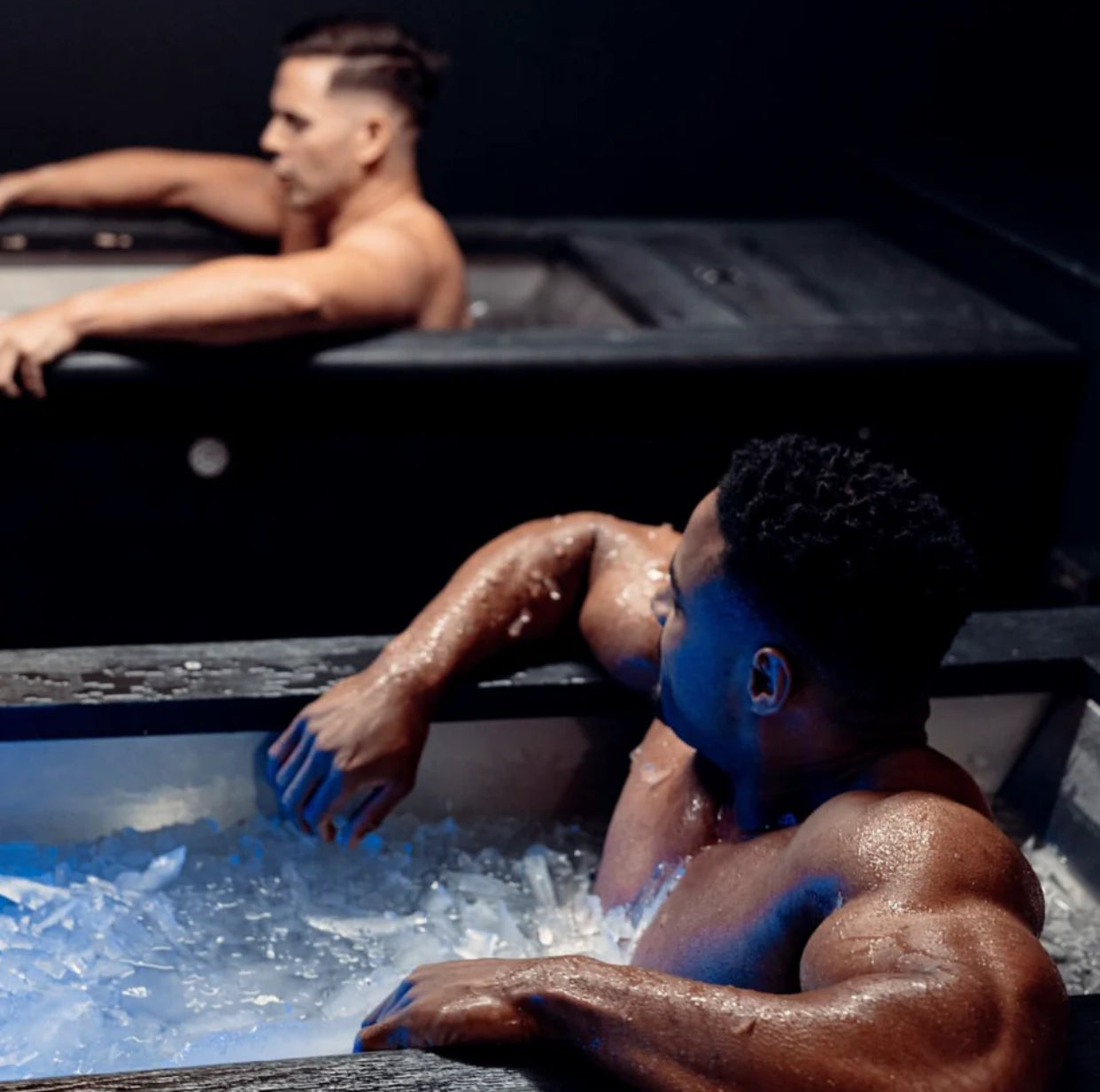Curious if you should hop into icy water before hitting the gym? The short answer: a pre-workout Cold Plunge can wake up your body and sharpen your mind — if used the right way. Read on to see why some athletes swear by it, whether it’s in an Ice Bath Tub or a high-tech Cold Plunge Tub.

The Science Behind Pre-Workout Cold Plunging: How it Affects Your Body
Understanding Vasoconstriction and Blood Flow Dynamics
Initial Response: Blood Vessel Constriction and Redistribution
When you enter a Cold Plunge, your blood vessels quickly constrict. This natural reaction pulls blood toward your core to protect your organs.
It reduces circulation to the limbs for a short time, which heightens alertness and boosts the body’s readiness.
Long-Term Benefits: Enhanced Circulation Post-Plunge
Once you step out, the opposite happens — your vessels expand again. This rebound effect encourages better circulation over time.
Many users report feeling refreshed, energised, and more physically prepared.
Impact on the Nervous System and Metabolic Rate
Activating the Sympathetic Nervous System: Alertness and Energy Boost
Cold exposure flips your body into “go mode” by activating the sympathetic nervous system. This triggers the release of adrenaline and noradrenaline.
The result? A natural rush of focus and energy that can prime you for your workout.
Acute Metabolic Rate Increase: What the Research Suggests
Cold immersion can also raise your metabolic rate, though only for a short period. The body works harder to produce heat, burning more energy in the process.
This can give you a small but useful energy kick just before training.
Key Benefits: Optimising Performance and Mental Readiness
Boosting Endurance and Combating Heat Stress (Pre-cooling)
Lowering Core Body Temperature for Prolonged Performance
By lowering your core temperature ahead of exercise, a Cold Plunge can increase your heat tolerance. This means you can train longer before overheating.
It’s a tactic known as pre-cooling, often used by endurance athletes.
Research Insights: Benefits for Endurance Athletes in Hot Environments
Research suggests Cold Plunge therapy can delay fatigue during long workouts, especially in hot weather.
This is particularly helpful for runners, cyclists, and triathletes training in the summer months.
Sharpening Focus and Mental Clarity
Norepinephrine Release: Enhancing Attention and Mood
Cold water triggers the release of norepinephrine, a hormone that helps with focus, alertness, and mood. It’s like a natural mental switch — without needing caffeine.
This makes Cold Plunging a great way to sharpen your mindset before intense training.
The "Mental Reset" Before Intense Training or Competition
Many find that Cold Plunges offer a mental reset. Just a few minutes in a Cold Plunge Tub clears brain fog and increases motivation.
That icy jolt can be exactly what you need to approach your session with intention.
Reducing Perceived Exertion and Muscle Fatigue
Increased Pain Tolerance and Resilience During Workouts
Cold exposure can raise your pain threshold, making tough workouts feel slightly less intense. You might notice reduced discomfort during high-effort sets.
This boost in resilience can help with overall consistency.
Pushing Through High-Intensity Workouts with Less Strain
When used wisely, a Cold Plunge may reduce how difficult a session feels. That means you can push harder — without mentally burning out too soon.
It's a small edge, but it adds up over time.
Important Considerations and When to Reconsider Pre-Workout Cold Plunges

Potential Impact on Strength, Power, and Flexibility
Muscle Stiffness and Reduced Range of Motion
Cold water can make your muscles temporarily stiff, which may impact mobility. This is something to be mindful of, especially before lifts or dynamic movements.
If your session requires flexibility, a cold start might not be ideal.
When to Exercise Caution: Heavy Lifting and Dynamic Movements
Avoid plunging before heavy strength work or Olympic lifts. Cold muscles don’t contract as powerfully, which could affect your performance or increase injury risk.
In these cases, stick to traditional warm-ups instead.
Cold Plunge Timing: Aligning with Your Fitness Goals
Differentiating Benefits for Endurance vs. Strength Training
Cold Plunging works best for endurance training, where mental clarity and thermoregulation are priorities.
For strength or muscle-building sessions, save the plunge for afterwards — it’s more beneficial for recovery than pre-performance.
Strategic vs. Regular Use: Maximising Training Adaptation
There’s no need to Cold Plunge before every workout. Use it strategically — on days when energy, focus, or heat stress are factors.
This approach helps you get the benefits without interfering with strength or hypertrophy goals.
Takeaways
-
Cold Plunges before workouts can increase energy, focus, and endurance
-
Best suited for high-intensity or hot-weather training
-
May reduce perceived effort and muscle fatigue during tough sessions
-
Not ideal before heavy lifting or mobility-based workouts
-
Use strategically, aligning with your training goals.






